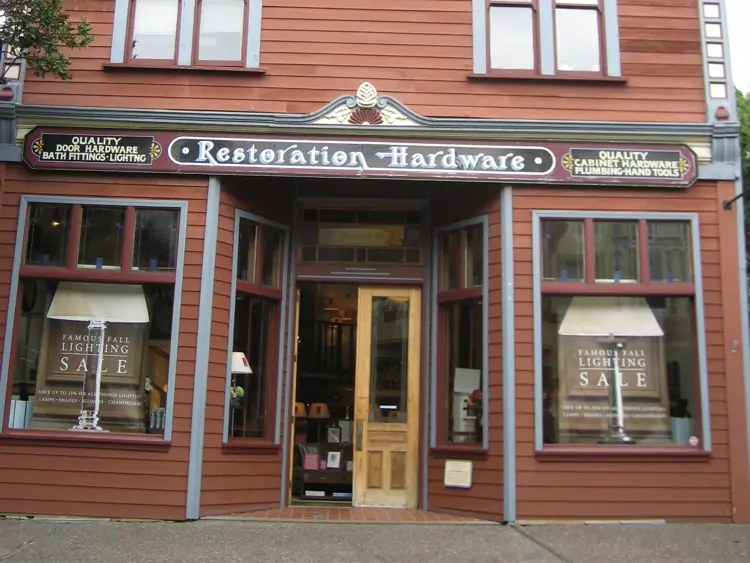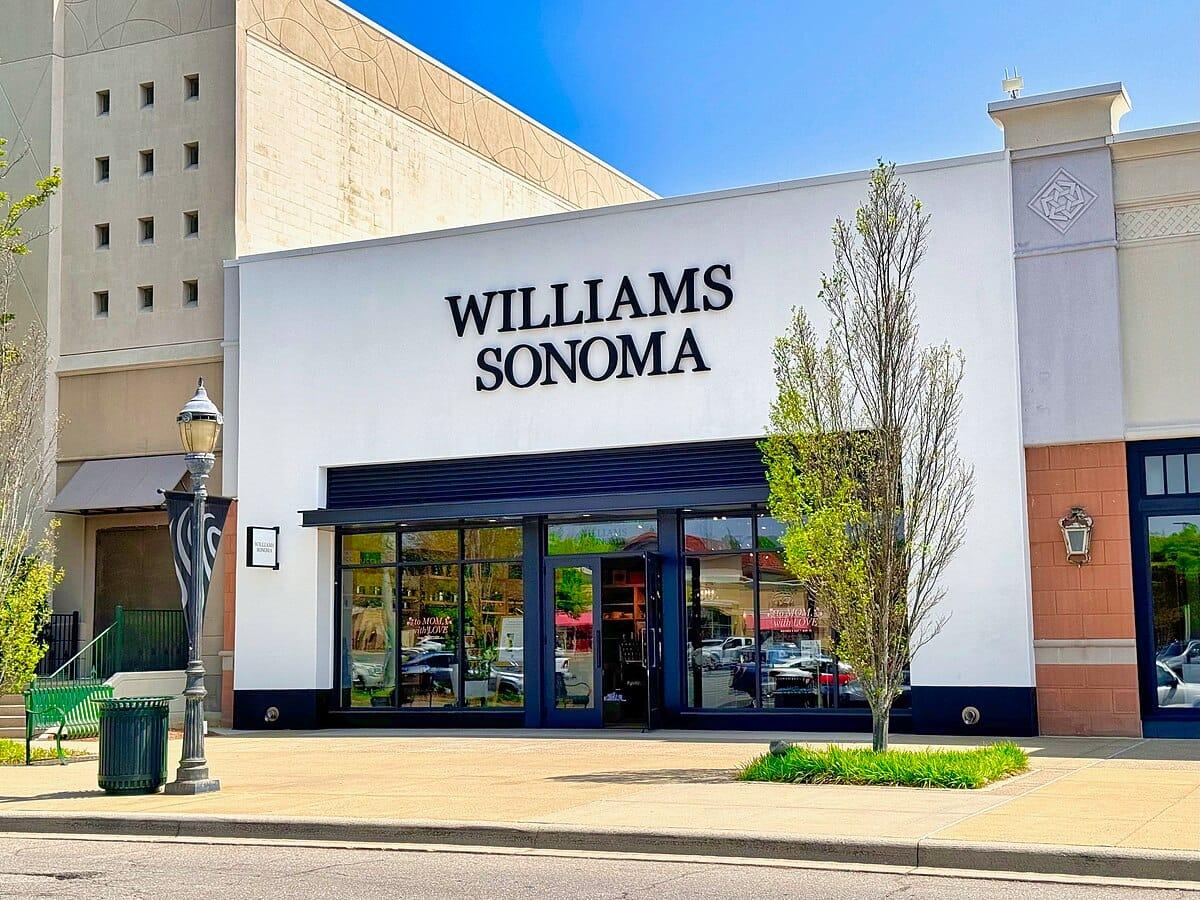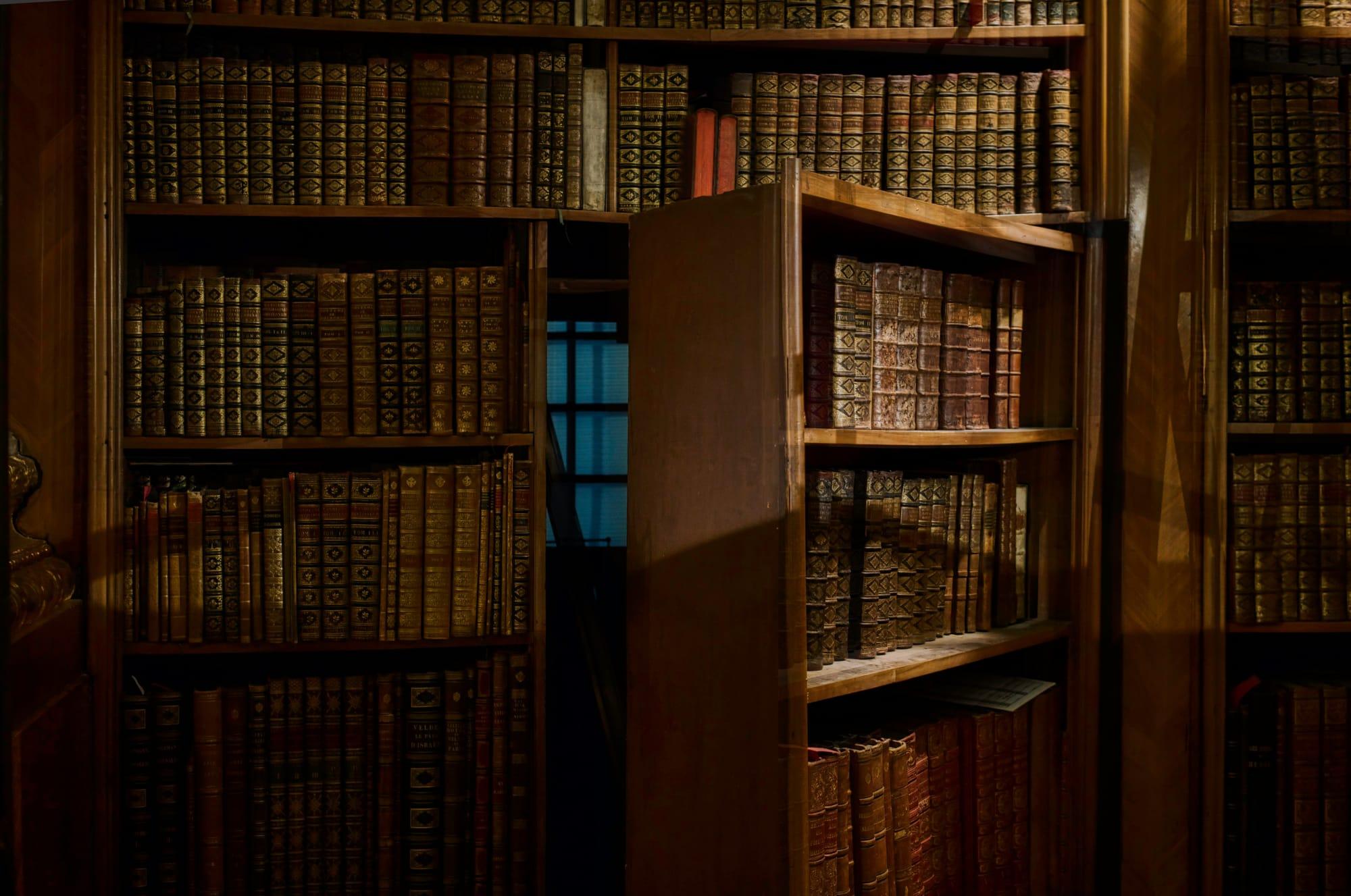Restoration Hardware (RH): From Vintage Hardware to Global Luxury
Discover how RH (formerly Restoration Hardware) evolved from a small Eureka hardware shop in 1979 into a global luxury brand, redefining home retail with galleries, hospitality, and innovative membership programs.

In 1979, Stephen Gordon, a young entrepreneur renovating his Victorian home in Eureka, California, struggled to find quality vintage hardware and fixtures. His frustration sparked an idea: Why not create a store filled with authentic, high-quality period hardware for restoration enthusiasts like himself? Soon after, he opened the very first Restoration Hardware store, unknowingly planting the seed for one of America’s most ambitious luxury furniture transformations.
Today, that small-town shop has evolved dramatically into the renowned global lifestyle brand we now call RH. This is the story of how Restoration Hardware grew from humble beginnings into a high-end powerhouse—blending luxury, lifestyle, and innovative retail.

Humble Beginnings: The Eureka Store (1979–1980s)
Stephen Gordon’s original Restoration Hardware, opened in Eureka’s charming Old Town district, quickly became a magnet for homeowners drawn to nostalgic, authentic fixtures. Unlike typical hardware stores, Restoration Hardware curated a unique blend of vintage-inspired housewares, antique-style drawer pulls, brass fixtures, and whimsical décor items. Gordon’s vision of combining practicality and authenticity resonated deeply with customers restoring historic homes, quickly earning the store a loyal following.
Early Highlights:
- Opened first store in Eureka, CA (1979–1980)
- Original focus on authentic vintage hardware and unique housewares
- Quickly expanded to locations in Newport Beach and Marin County, California, in the mid-1980s.
Expansion, IPO, and Early Challenges (1990s–2008)
In 1998, Restoration Hardware went public on NASDAQ, igniting rapid nationwide growth. By the early 2000s, the company boasted over 100 stores. Yet growth brought challenges: product quality was inconsistent, stores lost their distinctiveness, and financial troubles emerged amid fierce competition from brands like Pottery Barn and Crate & Barrel.
In 2001, seeking change, Restoration Hardware hired retail veteran Gary Friedman, formerly president of Pottery Barn. Friedman immediately saw potential for dramatic reinvention and would eventually become instrumental in redefining the entire brand.
In 2008, facing a housing crisis and financial strain, Restoration Hardware went private through a leveraged buyout led by Catterton Partners, providing the breathing room needed for reinvention.
Key Milestones:
- 1998: IPO on NASDAQ
- 2001: Gary Friedman hired as CEO
- 2008: Private equity firm Catterton Partners takes RH private

Reinventing RH: Luxury Galleries and Brand Transformation (2010–Present)
By 2010, Restoration Hardware began its remarkable pivot toward luxury under Friedman's visionary leadership. The brand introduced grand-scale Design Galleries, turning its stores into immersive, museum-like experiences. This transformative approach coincided with dropping "Restoration Hardware" in favor of a simpler and more sophisticated brand name—RH.
RH’s Design Galleries, set in architecturally iconic buildings, became a hallmark of the brand. Notable examples include:
- RH San Francisco Gallery (2010): RH's first gallery concept, housed in a former art museum.
- RH Chicago Gallery at the Three Arts Club (2015): Features an elegant courtyard café and wine vault, blending dining and retail into a luxurious lifestyle experience.
- RH New York (2018): A spectacular six-floor flagship with a rooftop restaurant, barista bar, and gallery spaces, further blurring the line between retail and hospitality.

The RH Membership Revolution (2016)
In another groundbreaking retail move, RH replaced traditional seasonal sales and discounts with the RH Membership (also known as the Grey Card). For a $100 annual fee, members enjoy a permanent 25% discount on full-priced products year-round, along with other exclusive benefits. This strategic move eliminated sales cycles, simplified pricing, improved profitability, and solidified customer loyalty.
Diversification and Luxury Acquisitions (2016–Present)
RH expanded its luxury positioning further by acquiring Waterworks in 2016, a high-end bath and kitchen fixture brand. This acquisition firmly established RH as a top-tier home furnishings platform covering every room in the home with unmatched luxury and quality.
The brand also developed specialized lines, each targeting distinct luxury markets:
- RH Modern: Contemporary designs, clean lines, and minimalist aesthetics.
- RH Outdoor: High-end outdoor furniture collections.
- RH Baby & Child and RH Teen: Elegant furnishings designed specifically for young families and teens.
Experiential Hospitality: RH Restaurants and Hotels (2015–Present)
RH redefined luxury retail by introducing hospitality into its galleries. Beginning with the Three Arts Club Café in Chicago (2015), RH transformed stores into luxurious destinations. Today, many galleries feature restaurants, rooftop bars, or cafés, including the renowned RH Rooftop Restaurant in New York.
Taking hospitality even further, RH opened its first hotel, RH Guesthouse in New York City in 2022. The ultra-exclusive boutique hotel immerses guests fully in RH’s aesthetic, signaling the brand’s ambition to offer comprehensive lifestyle experiences.
Leadership and Vision: Gary Friedman’s Impact
CEO Gary Friedman has been a central figure behind RH’s remarkable transformation. Since taking over in 2001, Friedman steered the company from financial distress and a diluted brand identity toward a clear, powerful luxury positioning. His visionary leadership included:
- Launching RH’s innovative gallery concepts.
- Transitioning RH away from traditional discount-driven pricing.
- Leading strategic acquisitions such as Waterworks.
- Boldly comparing RH’s potential to iconic luxury brands such as Hermès and Louis Vuitton.
Under Friedman’s tenure, RH successfully re-emerged as a public company in 2012 (NYSE: RH), cementing its place as a profitable luxury brand valued in the billions.
International Expansion and Future Ambitions (2023 and Beyond)
In 2023, RH expanded internationally with RH England at Aynho Park—a magnificent gallery located on a 73-acre historic estate in the Cotswolds. This move reflects RH’s ambition to become a truly global luxury brand.
RH continues to pursue careful, curated expansion, focusing on creating fewer—but exceptional—retail and hospitality experiences that deepen customer relationships and solidify its place at the pinnacle of luxury retail.
RH Today: Redefining Luxury Home Retail
Today, RH operates more than 100 galleries, restaurants, and hospitality venues, continuously setting new standards for luxury and design. With its blend of gallery stores, experiential dining, high-quality furnishings, innovative membership model, and bold leadership, RH remains uniquely positioned as both an industry leader and an influential lifestyle brand.
Its extraordinary journey from a small hardware store to an internationally recognized luxury powerhouse offers invaluable lessons in brand reinvention, visionary leadership, and the power of retail innovation.
Further Reading and Resources:
- Official RH Website
- RH Membership Program
- RH Gallery Locations
- RH Guesthouse
- Waterworks Luxury Bath & Kitchen
(Historical and strategic information sourced from RH official documents, company history, CNBC, Forbes, Chicago Tribune, retail industry analysis, and financial reporting.)
Quick facts
Who founded Restoration Hardware and when?
Restoration Hardware (RH) was founded by Stephen Gordon in 1979 in Eureka, California, initially selling vintage-style hardware and fixtures for restoring historic homes.
Why did Restoration Hardware change its name to RH?
Restoration Hardware simplified its name to RH in 2012 to reflect its transition from a hardware-focused brand to a luxury lifestyle and home furnishings brand.
What is RH's membership program?
RH’s membership program, known as the RH Grey Card, offers members year-round savings of 25% off full-priced items for a $100 annual fee, replacing traditional sales and coupons.
When did RH introduce its luxury gallery stores?
RH launched its first large-format luxury Design Gallery in San Francisco around 2010, featuring expansive showrooms and immersive experiences that blend retail with hospitality.
Does RH operate restaurants and hotels?
Yes, RH operates restaurants within many of its galleries, starting with the Chicago Three Arts Club Café in 2015. In 2022, RH opened RH Guesthouse, its first boutique hotel in New York City.
What kind of products does RH offer today?
RH offers upscale furniture, lighting, textiles, and decor across various collections, including RH Modern, RH Outdoor, RH Baby & Child, and luxury kitchen and bath fixtures via Waterworks.
Who is Gary Friedman, and why is he important to RH?
Gary Friedman, CEO since 2001, transformed RH from a traditional retailer into a luxury lifestyle brand. His strategic vision led to innovations such as large-scale galleries and membership pricing.
How did RH evolve into a luxury brand?
Starting in the late 2000s, RH repositioned itself by introducing higher-end products, sophisticated design aesthetics, expansive gallery-style stores, and an experiential retail model that includes dining and hospitality.
What makes RH's galleries different from typical furniture stores?
RH’s galleries are large-scale, meticulously designed spaces resembling luxury homes rather than traditional stores. They often include cafes, restaurants, or rooftop lounges to create an immersive lifestyle experience.

Geoff Abraham
Co-founder & President of Spoken
Geoff is the co-founder and President of Spoken. He is a Dad. He holds a BA from UT Austin (Plan II) and an MBA from Stanford. Geoff has built several successful businesses, including a bicycle taxi business in San Francisco which he ran for 10 years with his wife, Mimosa. He is an executive coach, and he actively invests in seed-stage startups via The Explorer Fund.
Read more

